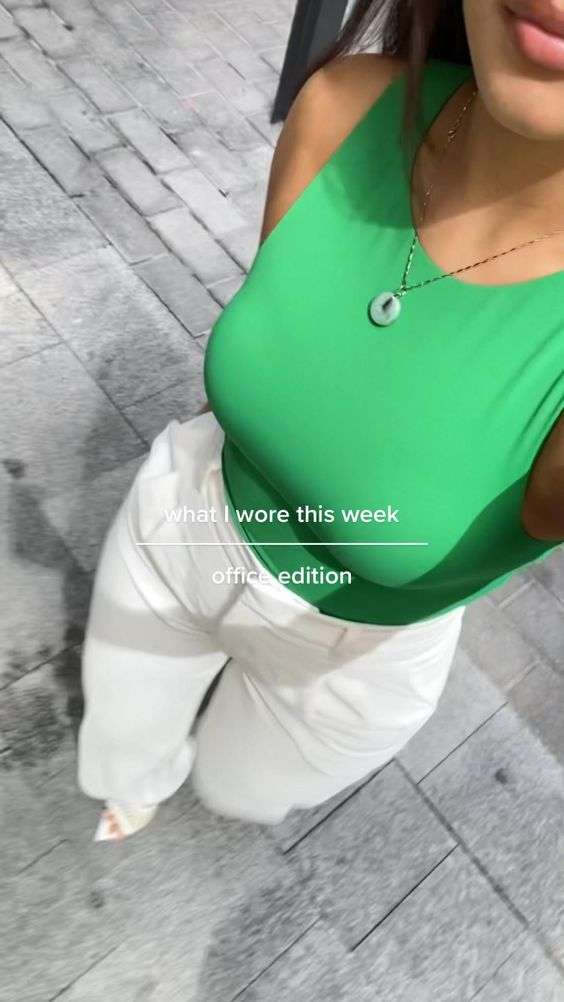Dressing for Success: The Art of Office Outfits
In today's professional world, dressing appropriately for the office goes beyond just looking good; it's about making a statement of competence and professionalism. Your attire not only reflects your personal style but also influences how others perceive your credibility and capability. Here’s a guide to mastering the art of office outfits:
1. Understanding the Dress Code
Every workplace has its own culture and dress code expectations. Some offices adhere strictly to formal attire, while others embrace business casual or even smart casual. Understanding what’s appropriate in your workplace is the first step to creating a suitable office wardrobe.
2. Classic Pieces as Staples
Invest in timeless wardrobe staples that never go out of style. For men, this might include tailored suits in neutral colors like navy, charcoal, or black, paired with crisp dress shirts and quality leather shoes. Women can opt for tailored blazers, pencil skirts or trousers, and versatile blouses or dresses.
3. Colors and Patterns
While traditional offices often favor muted tones and classic patterns like pinstripes or checks, modern workplaces may allow for more creativity with colors and prints. Balance is key – avoid loud, distracting patterns or overly bright colors that could overshadow your professionalism.
4. Fit and Tailoring
The fit of your clothes can significantly impact your overall appearance. Tailored clothing that fits well not only looks better but also enhances your comfort and confidence. Invest in alterations if needed to ensure a perfect fit, especially for items like suits and trousers.
5. Accessorizing with Purpose
Accessories can elevate a simple outfit to new heights of sophistication. For men, this might include a classic watch, a quality belt, and subtle cufflinks. Women can accessorize with tasteful jewelry, scarves, and handbags that complement their attire without overwhelming it.
6. Footwear Matters
Your choice of footwear completes your office look. Men should opt for polished dress shoes that match their outfit’s formality level. Women can choose from a variety of options, including closed-toe heels, loafers, or stylish flats that are both professional and comfortable for long days at work.
7. Adapting to Seasonal Changes
Dressing for the office also involves adapting to seasonal changes. In warmer months, lightweight fabrics and lighter colors can keep you cool while maintaining professionalism. In colder months, layering with sweaters, scarves, and coats adds warmth and style.
8. Personal Expression with Caution
While it’s essential to express your personal style, remember to do so within the confines of workplace appropriateness. Avoid overly casual attire, provocative clothing, or items with offensive slogans or graphics that could detract from your professional image.
9. Grooming and Personal Care
Your appearance extends beyond your clothing. Maintain good grooming habits, including neat hair, trimmed nails, and appropriate personal hygiene. A well-groomed appearance complements your attire and reinforces your professionalism.
10. Confidence is Key
Ultimately, the best office outfit is one that makes you feel confident and comfortable. When you feel good about how you look, it positively impacts your demeanor and interactions with others, enhancing your overall professional presence.
Conclusion
Mastering the art of office outfits involves a blend of understanding workplace expectations, investing in quality pieces, and expressing your style appropriately. By following these guidelines, you can create a wardrobe that not only meets professional standards but also reflects your competence and confidence in the workplace. Remember, dressing for success is not just about clothes; it’s about making a lasting impression that speaks volumes about your professionalism and capability.






